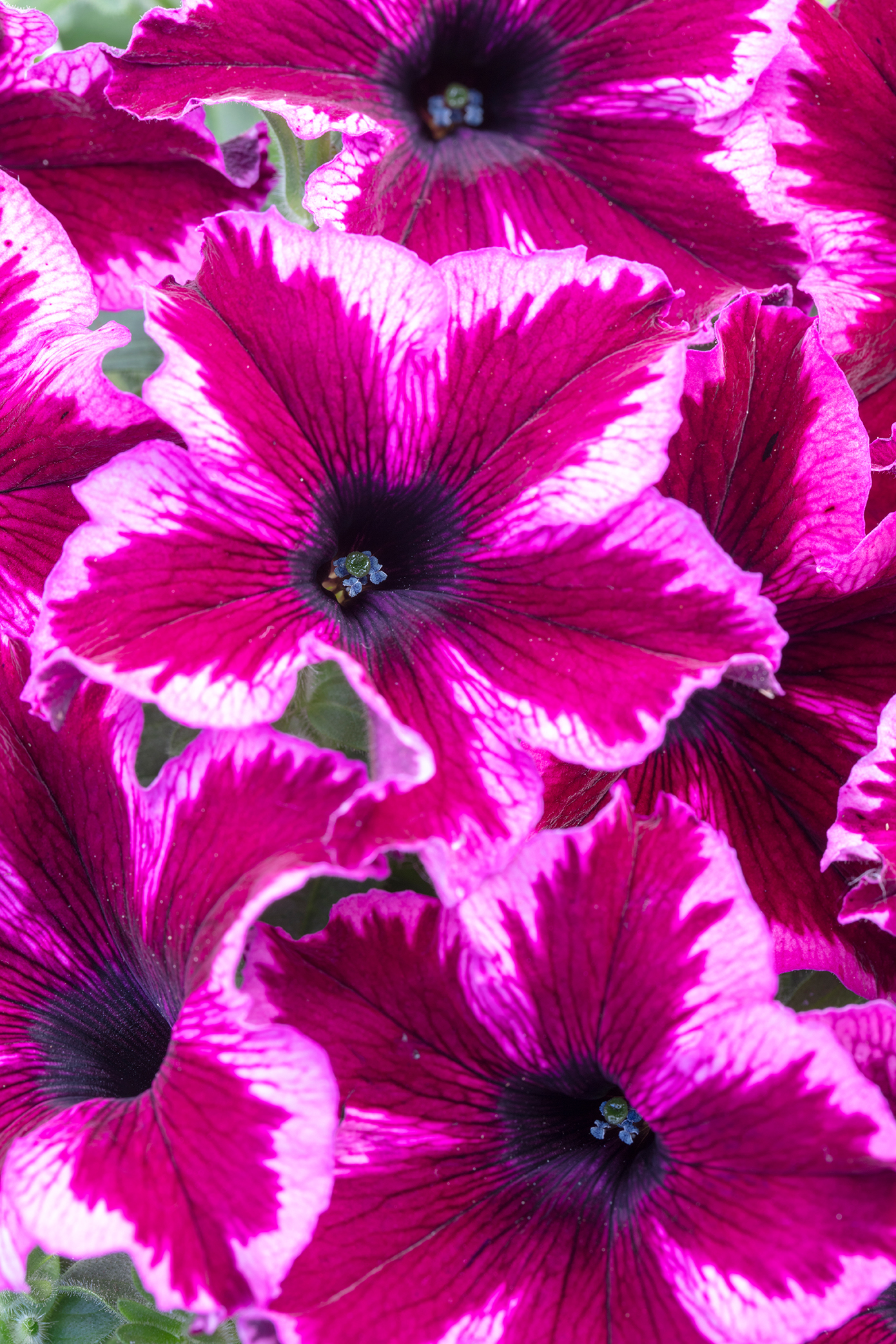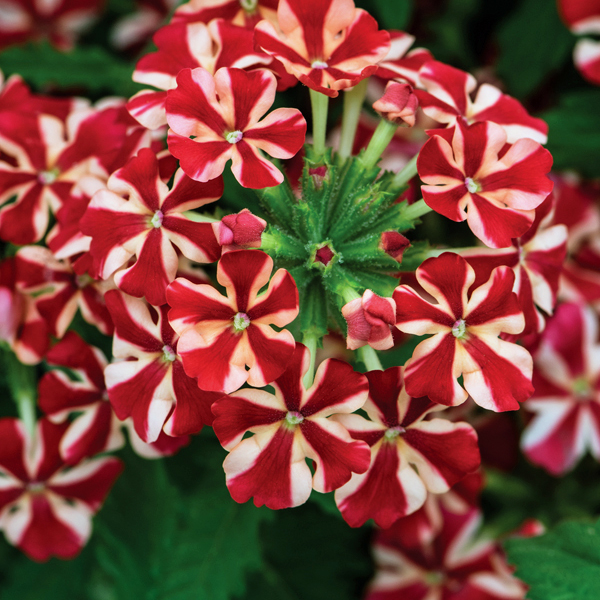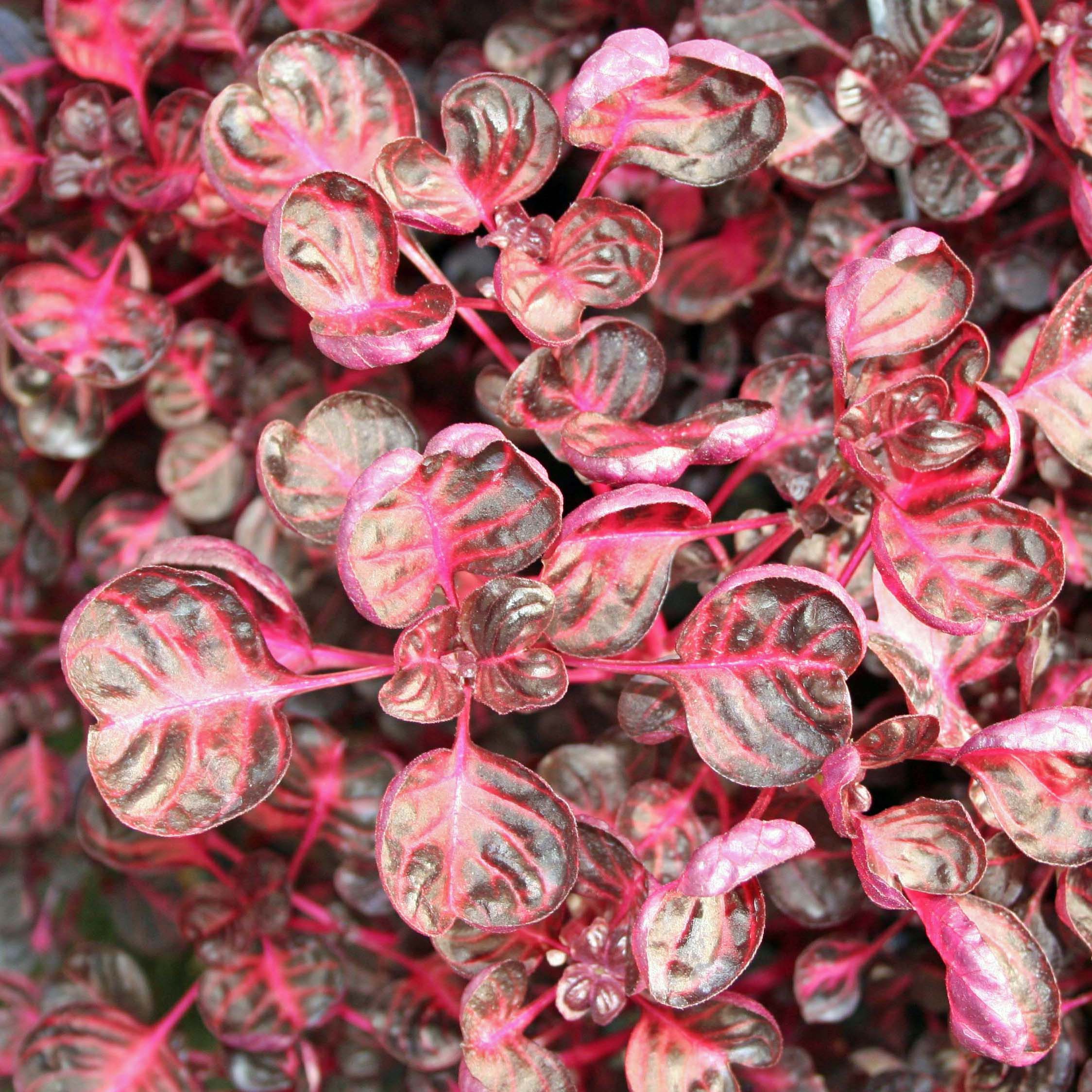Summary
Heat tolerant and attractive to butterflies, Ageratum are perfect for bringing long lasting color and definition to summer containers and garden beds. Dainty, flossy blooms form mounds of soft color and texture perfect for combining with trailing and spiky, upright annuals.
Description
Hundreds of soft, charming, tiny cushions suffused with color.
Additional Info
The Bumble series adds vibrancy, flower power, and exceptional performance to heat-tolerant summer collections. This impressive quartet will win you over with their bright colors paired with heat and drought tolerance. Unlike seed varieties, Bumble will continue with intense flower power throughout the summer without blooms turning brown. These exceptionally vigorous growers are bee and butterfly magnets and require no deadheading.





